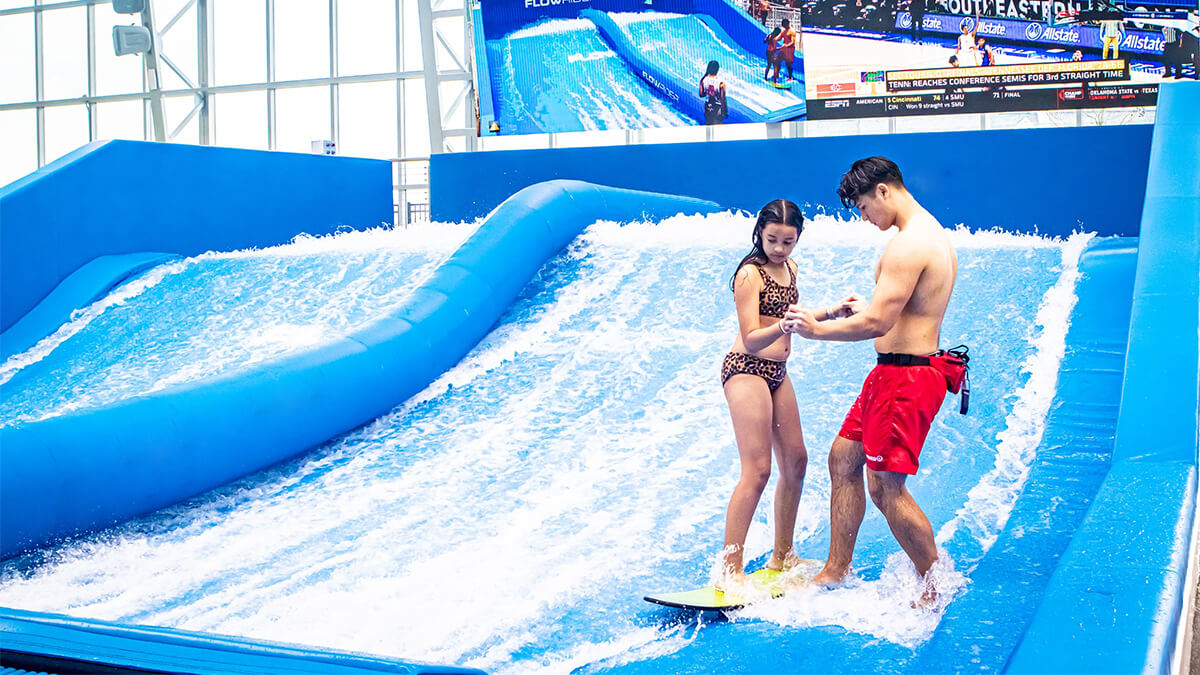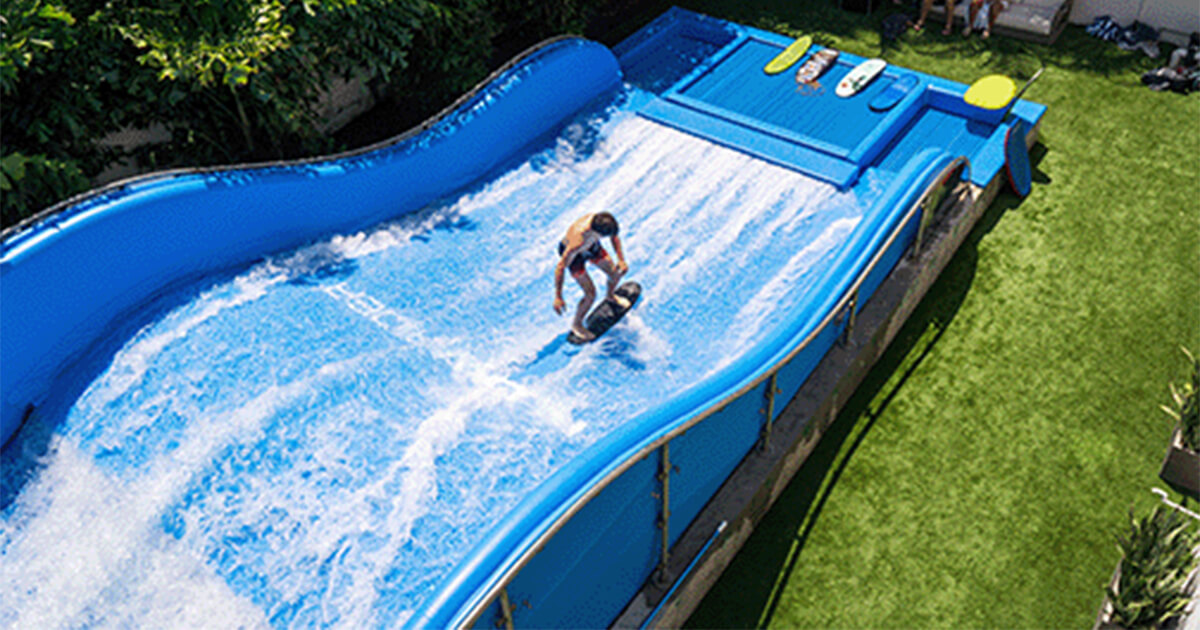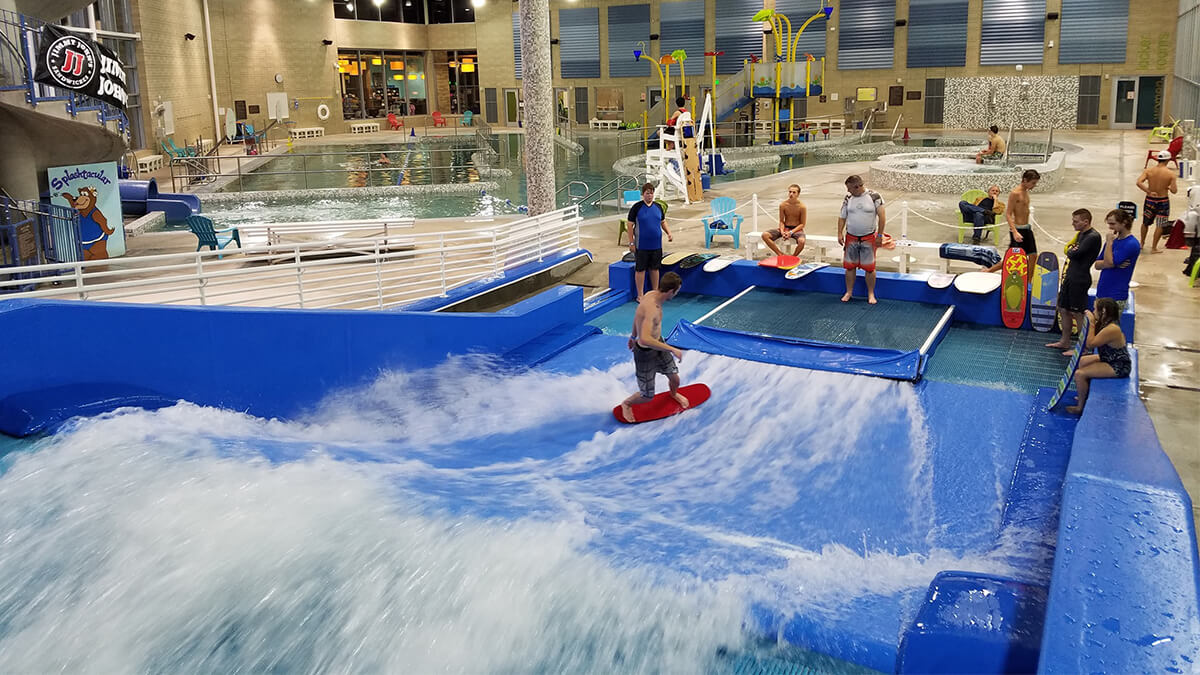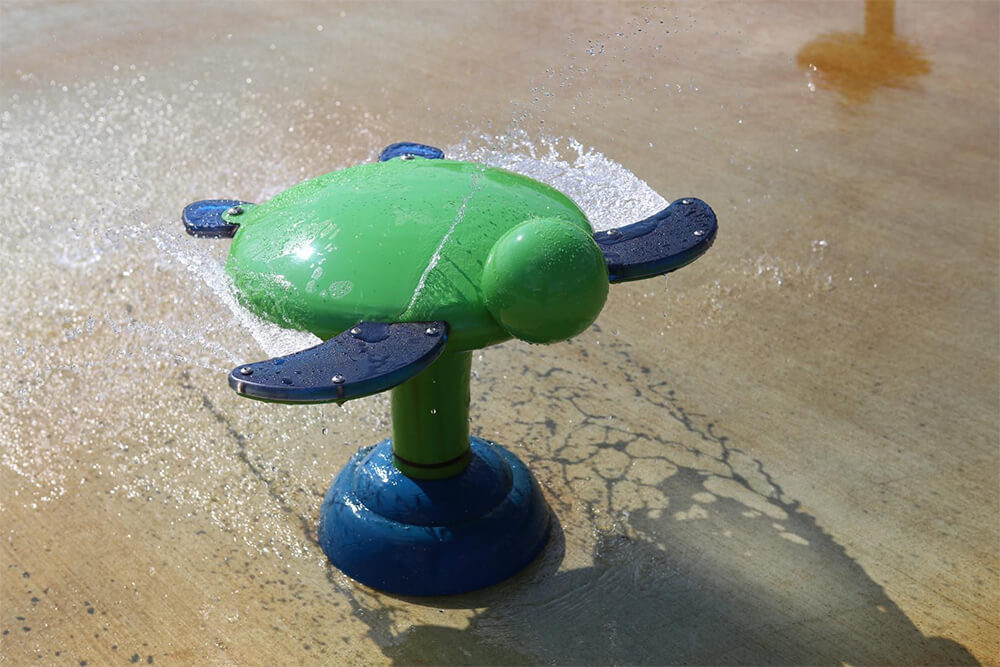In China, Southeast Asia and the Middle East, the development of water parks is in full swing. In the past ten years, the Asia-Pacific region has been the most popular area for splash pad equipment water park investment in the world, and some world-class large-scale spray parks have also emerged one after another – such as Chimelong Water Park, Shanghai Maya Beach Water Park, and the Caribbean Bay Water Park in South Korea’s Everland. Caribbean Bay, and Atlantis Aquaventure.
At first glance, it may seem that all splash world water parks are similar, with waterslides, wave pools, and lazy rivers, but the successful ones are so unique. How will we differentiate them and guide us in designing a water park that is truly a unique experience?
01 Classification of attractions in splash water parks
The Park Database deconstructs thousands of attraction types in hundreds of water park playground around the world, according to Water Pool, Lazy River, Body Slide, Raft/Tube Slide ), recreational facilities (Explore/Play) and other five types of analysis, and draw the following interesting conclusions:
- More than 80% of the world’s water playgrounds have three types of projects: body slides, recreational facilities and pools (wave making pools, paddling pools).
- More than 70% of the world’s water parks have floating ring/raft slides, and rafting/rapid rivers, these two types of projects.

The thousands of water attractions are classified and counted according to the above 5 types. Body slides account for 21%, and floating circle/raft slides account for 18%. These two types of water slides are the largest types of water parks, accounting for nearly 20% of the total. 40%, the main attraction of the proper splash park.
Others are interactive recreational facilities that account for 17% of the total, while pools and rivers combined account for about 21%. In addition, SPA pools account for about 5% of the total, and the rest are mysterious “other” types, all that cannot be classified into the aforementioned types.

It should be pointed out that although more than 70% of the world’s water playground have lazy or whitewater programs, they usually only have 1 or 2 rivers per park, so they only account for 6% of all water attractions.
Subclass of water slide
Body slides, float/raft slides can be subdivided into many subtypes, and the nomenclature varies from manufacturer to manufacturer. Generic/Mixed is the most numerous of the above two types of slides. We use the word “universal” respectfully here, not to imply that these rides are uninteresting or unexciting, just that they cannot easily be categorized as a single characteristic element such as Drop, Boomerang, Big Bowl or Loop.
Body slides
In the body slide category, speed-related slides are the most popular and most numerous worldwide. Free fall slides with steep descents (Drop Slides) account for 20% of the total body slides, Racing Slides (Racing Slides) account for 14% of the total, and Speed Slides (Speed Slides) account for 6% of the total, these three categories All are speed types, and the sum totals more than 40% of the total. Enclosed Slides were the other main type at 19%.
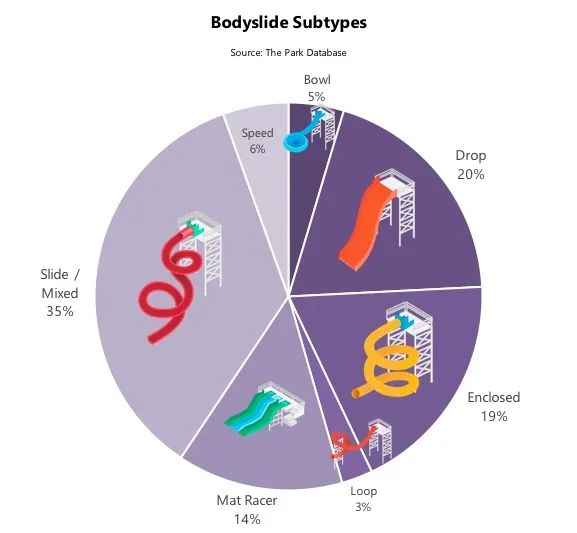
Floating ring/floating raft slides
In this category, Enclosed Slide is the largest subtype, accounting for more than 23% of the total. These fully enclosed slides are often so dark that visitors have no idea where they are going. Other elements such as big skateboards, big bowls, big horns, etc. each account for about 10% of this type of slide.
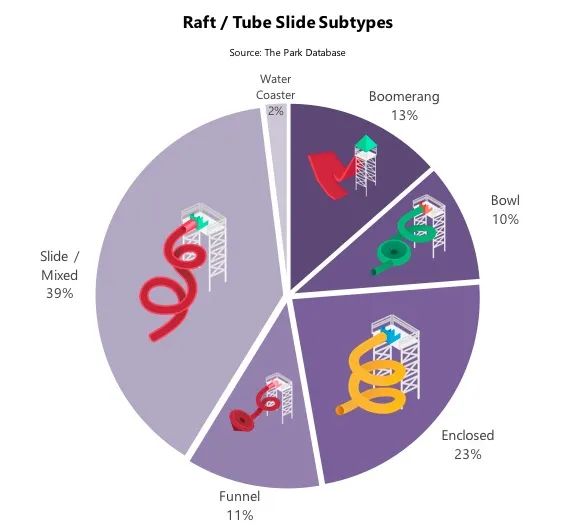
It should be noted that the above statistics are based on the world. In fact, there are large differences between regions. For example, water parks located in high latitudes tend to have more hot springs and indoor facilities, while water parks in Latin America are almost all composed of various pools and few slides.
The mysterious "other" type
Now let’s focus on the mysterious “other” genre that makes up 18 percent of all water attractions. Simply put, they are attractions in a variety of experiences that add uniqueness to a waterpark. These experiences include amusement equipment borrowed from Land Park, roller coasters, interactive ropes, and various elements including beaches, volleyball courts, cabins, animal interactions, and more.
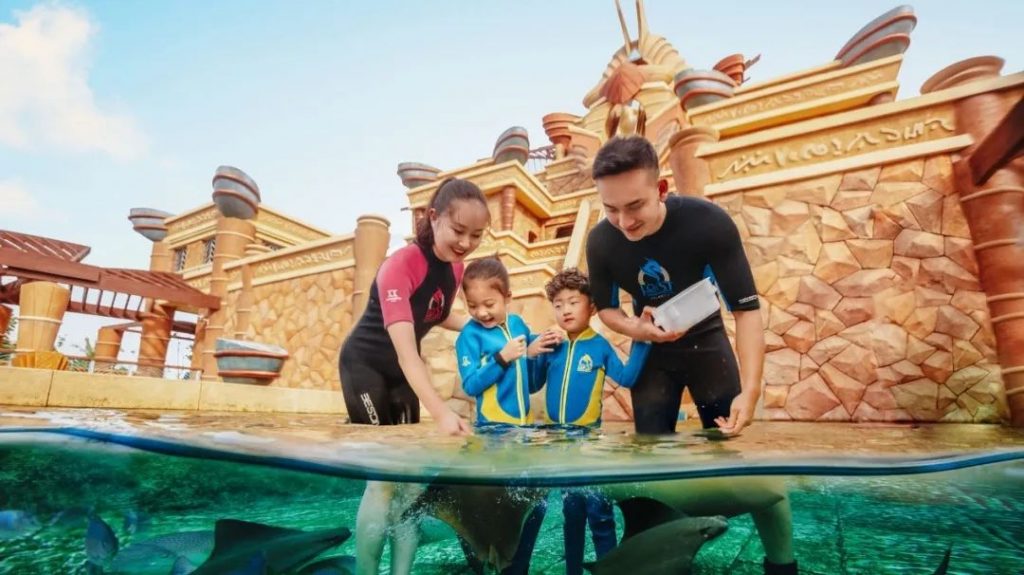
As mentioned at the beginning of the article, water parks all over the world seem to have a lot of the same “things” when it comes to hardware. More than 80% of the world’s water parks have at least one ride, a swimming pool and a paddling facility, more than 70% of water splash parks have buoyancy/float slides, and the same percentage have some kind of river program. And these 18% “other” experiences are where each park expresses its individuality.
02 Planning of the water park
What’s the point of deconstructing the various attraction types in a spray park? Simply put, you can use it to build a better water park. This knowledge aids in initial water park planning and design work.
Passenger capacity per hour
Every water park, as well as land parks, will have a “hourly capacity” indicator. This refers to the theoretical capacity of a certain amusement equipment in one hour. This is the theoretical throughput calculated based on the number of seats on the vehicle, the departure interval, and the number of vehicles.
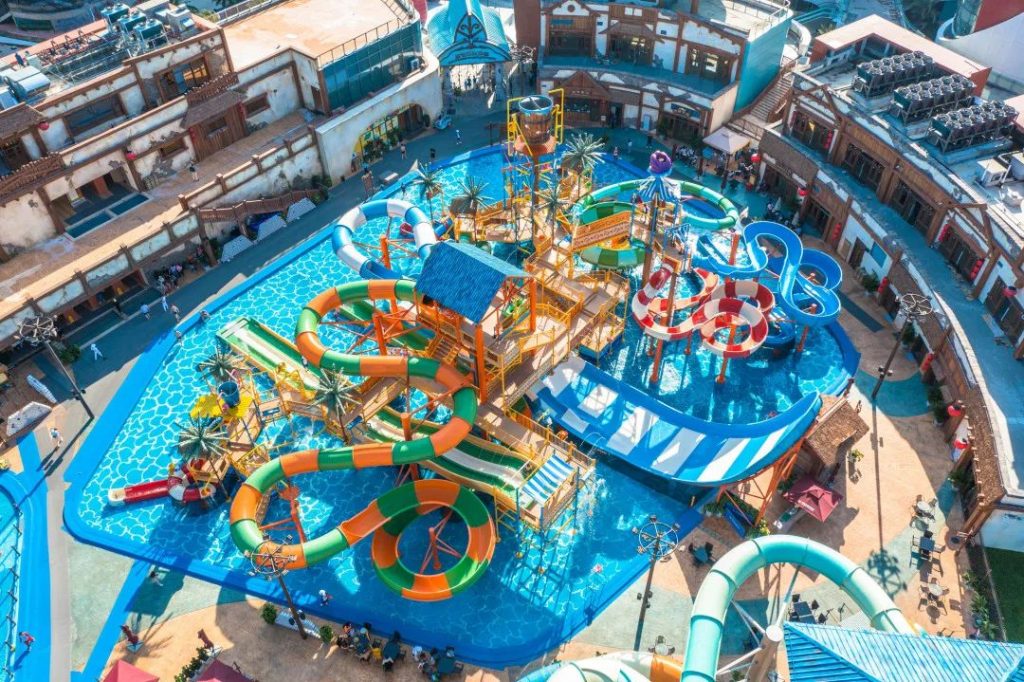
Different manufacturers will calculate different theoretical passenger capacity according to different intervals. But for most water park slides, the interval is often between 15-30 seconds. For specific theoretical passenger capacity per hour, you can consult the official websites of major manufacturers.
The hourly passenger capacity range of common water attractions is attached below:
- Body Slides – The hourly capacity of each slide is 180 at 20-second intervals. Multiply by the number of slides to get the total ridership per hour. For example, a racing slide with 5 slides can theoretically carry 900 passengers per hour
- Floating Rings/Floating Rafts – Depending on the number of people carried by each raft, each water park water slide is about 120-180 passengers/hour
- Rivers – over 1000 people per hour depending on the length of the river
- Pools – Depending on the size of the pool, ranging from 100 to wave pools with a maximum capacity of more than 3000 people
- Water recreation – generally calculated on the basis of per capita floor space, more than 500 people/hour
Target customer capacity
The above figures provide a preliminary direction for you to properly plan your fiberglass water park. Overinvest in water equipment – your visitors are happy, but the return on investment is clearly not right. Invest in too little equipment – you obviously can’t accommodate the tourists who come to experience it.
Your target capacity is the sum of the number of attractions that visitors can experience in an hour. Once the target capacity is determined, it’s time to start the fun planning. Use the common types of water attractions mentioned in this article, the basic concepts of capacity, and mix and match until you reach your target capacity.
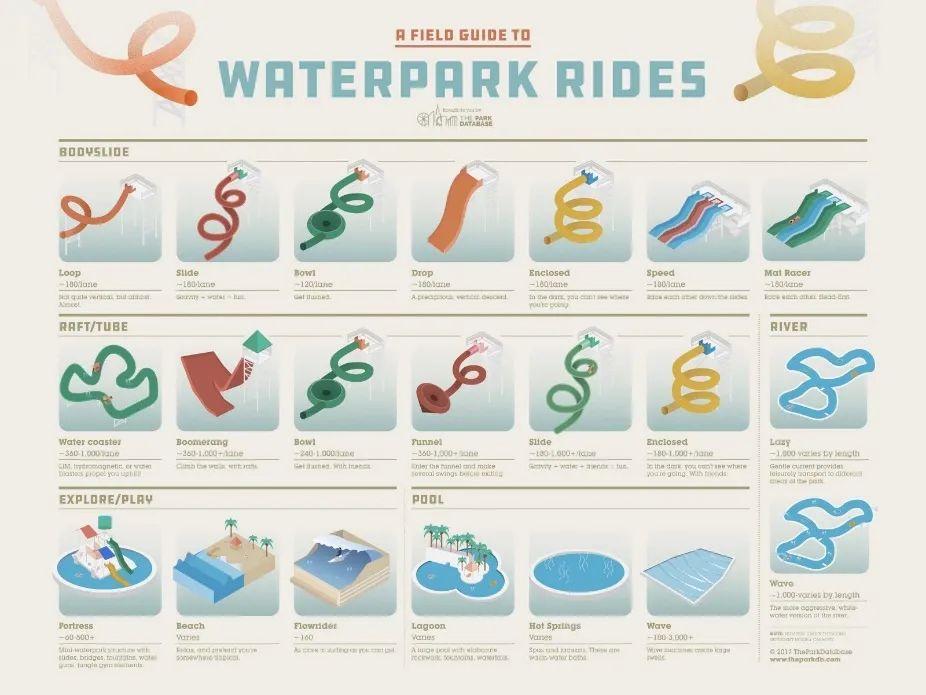
The above practices are only preliminary guidelines for your outdoor water park planning and are not intended to replace actual design work. We strongly recommend looking for a design and planning firm and working with a water equipment manufacturer to rationally design your project.
Water park spray equipment is just hardware, software planning cannot be ignored So far, all of our discussions have focused on the hardware of aquatic equipment. We need to be clear that the splash pad equipment itself does not constitute a water park, but only a starting point. The world’s most successful water park slides equipment don’t stand out because of their unique rides.
Quite the opposite! 7-80% of the world’s water parks have similar basic components such as slides, swimming pools, and rivers. What makes a water park successful and unique is its entirety – hardware, service, theme, attention to detail, and layout design.
By the way, this is also the main reason why water parks cost less to develop than theme parks. The development cost of outdoor theme parks ranges from $300 million to $5 billion, but spending $80 million to $100 million for a water park can be considered a real big deal. Most water parks cost between $10 million and $40 million. Of course, there are also water playgrounds that cost less than $1 million, depending on the size of the land and the location of the project.
The soul of a park is generally not in the uniqueness of the rides, but in the overall experience, sometimes the experience is related to scale, but most of the time it is not.

